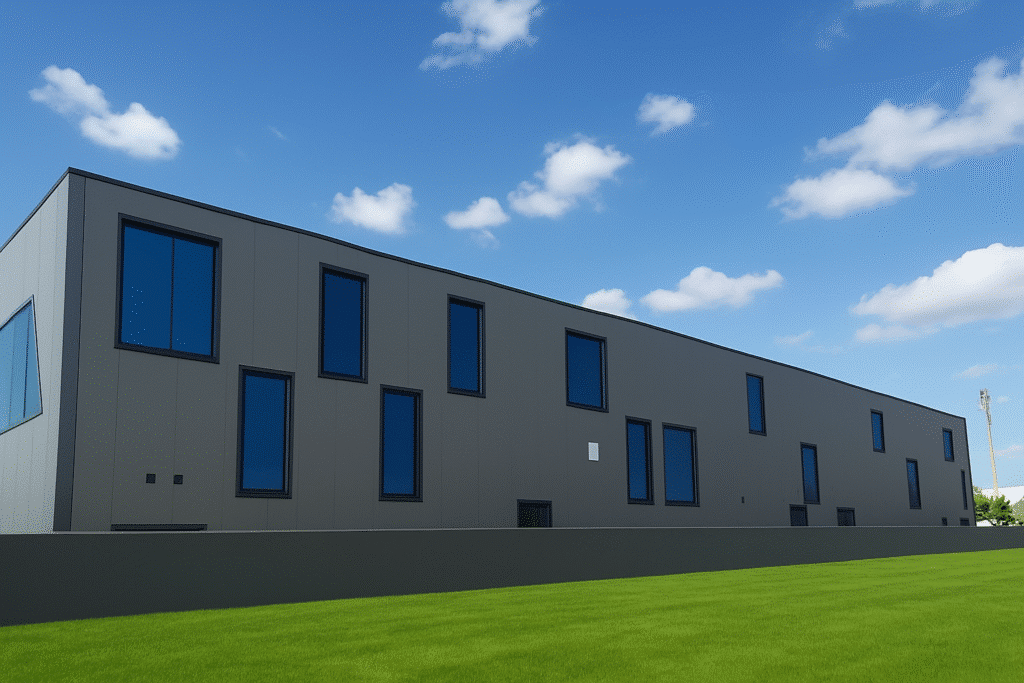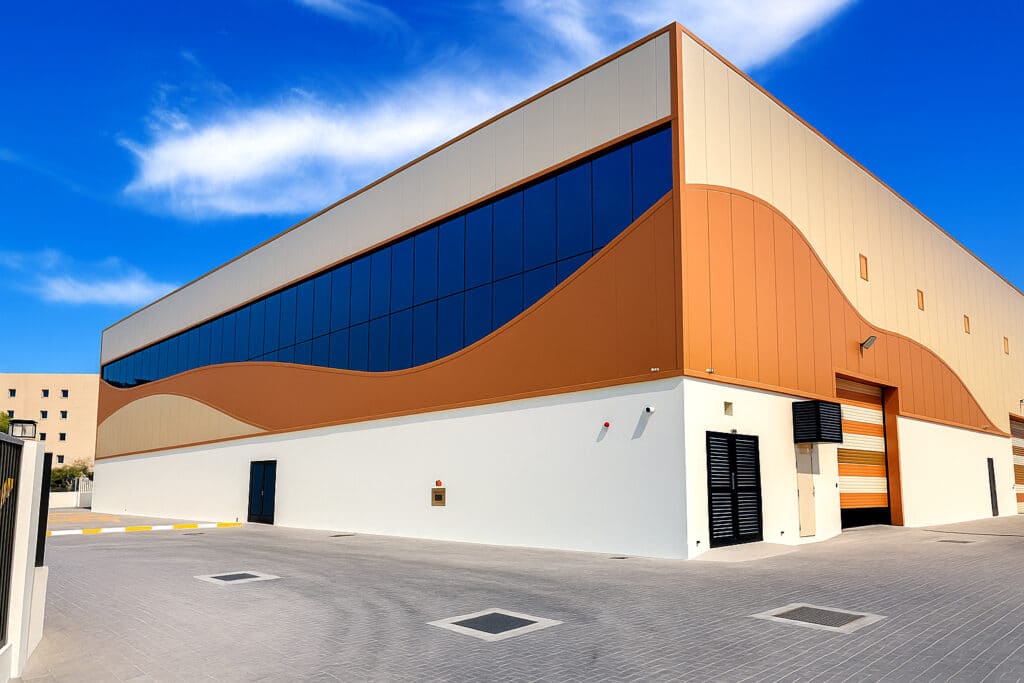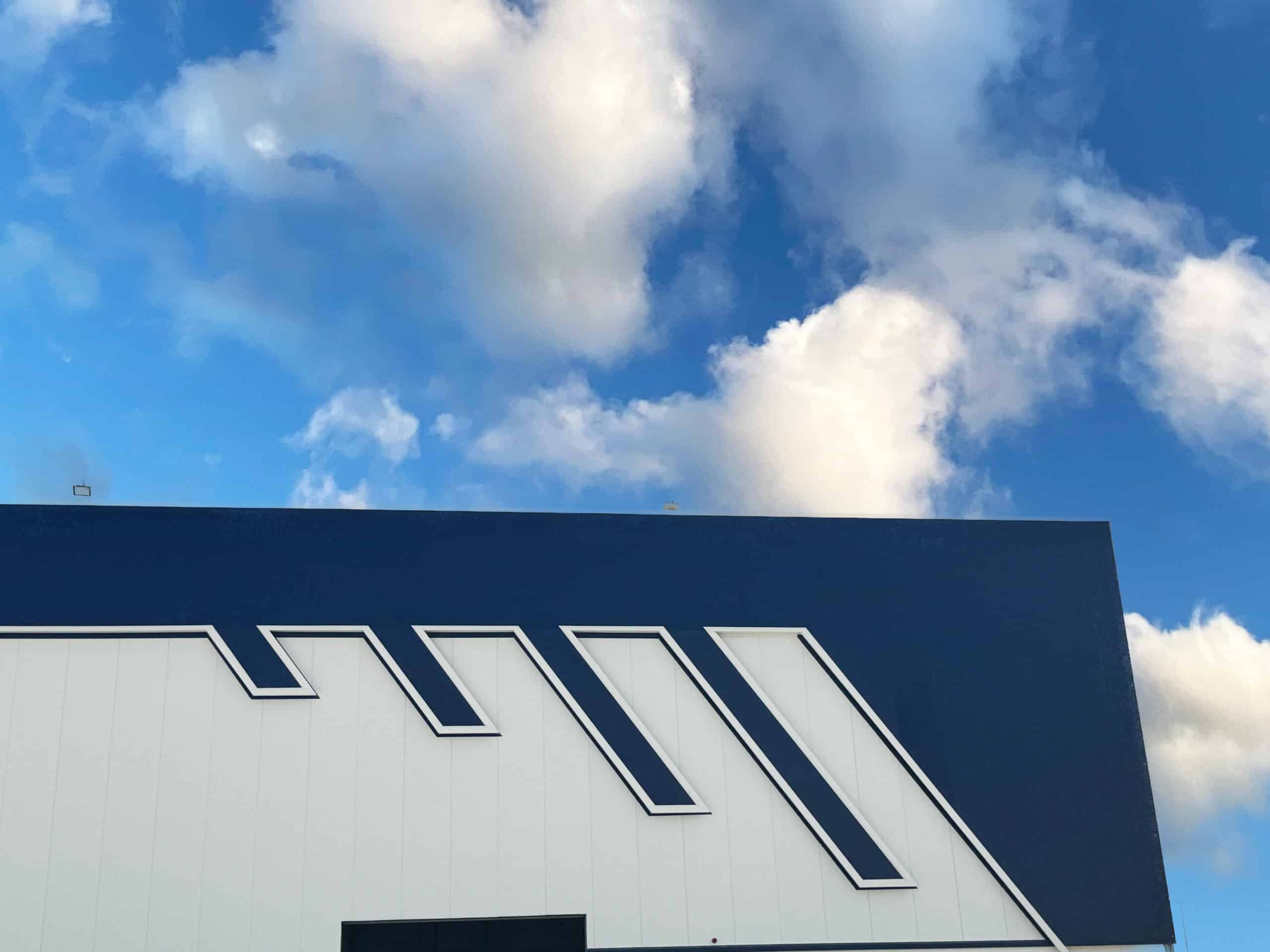Introduction
Steel construction in the UAE is evolving fast, underpinned by rising demand in fabrication and structural components. According to Mordor Intelligence, the UAE structural steel fabrication market was valued at USD 1.79 billion in 2024, and is projected to grow to USD 2.65 billion by 2029, reflecting a CAGR of 8.19%. In parallel, IMARC Group reports that the UAE’s prefabricated building and structural steel market reached USD 667.2 million in 2024, with a forecast to hit USD 1,040.6 million by 2033.
Why Steel? Strength, Speed & Sustainability
Steel offers key advantages that are ideal for the UAE’s ambitious construction goals:
- Durability in Harsh Climates: The high temperatures and occasional sandstorms of the Gulf demand materials that won’t degrade. Steel’s corrosion resistance and load-bearing capacity make it ideal.
- Speed of Assembly: Modular steel components speed up timelines — a critical advantage for large-scale urban development and Expo-ready infrastructure.
- Sustainability: Steel is one of the most recyclable construction materials. The UAE’s Green Building regulations encourage its use in LEED-certified and environmentally conscious developments.

Landmark Projects Leveraging Steel Construction
Several transformative projects in the UAE use steel to push design and functionality boundaries:
- The Museum of the Future (Dubai): Its iconic torus-shaped steel frame consists of over 2,400 diagonally intersecting steel pieces. It exemplifies the aesthetic and structural flexibility of steel.
- Etihad Rail Network: Steel plays a vital role in the UAE’s rail infrastructure, supporting high-speed transit across the Emirates and into other GCC countries.
- Expo City Dubai: Many pavilions were built using modular steel elements, later repurposed for future use — aligning with circular economy principles.
Steel & Urban Transformation: Supporting Smart Cities
As cities like Dubai and Abu Dhabi evolve into smart, interconnected ecosystems, steel construction enables:
- High-Rise Integration: Smart towers with steel skeletons allow for easy retrofitting of IoT systems, solar panels, and digital control mechanisms.
- Infrastructure Flexibility: Bridges, tunnels, and metro stations use steel for adaptive load-bearing and seismic resilience — key for long-term urban planning.
- Data Center Expansion: With the UAE becoming a data hub, steel-framed buildings enable climate-controlled, secure spaces to host digital infrastructure.
Challenges Facing the Steel Construction Market
Despite growing demand, the industry must address several challenges:
- Volatile Global Prices: Steel prices fluctuate with global supply chain disruptions and geopolitical tensions, impacting budgeting.
- Skill Shortages: The move toward modular steel construction demands new technical skills that are still underdeveloped locally.
- Carbon Footprint: While recyclable, steel production is energy-intensive. UAE authorities are pushing for low-carbon steel and better environmental reporting.
Government Support & Regulations
The UAE supports steel construction through several key initiatives:
- Green Building Regulations (Estidama & Al Safat): These promote the use of recyclable and long-lasting materials like steel.
- Incentives for Modular Construction: Free zones and government contracts now favor prefabricated steel frameworks to reduce waste and project overruns.
- National Industrial Strategy (“Operation 300bn”): Aims to boost domestic manufacturing — including steel — as part of the UAE’s economic diversification plan.
The Future: 3D Printing, Prefabrication & Robotics
Steel construction in the UAE is also being shaped by emerging technologies:
- 3D-Printed Steel Components: Already in pilot phases in Dubai, allowing complex architectural details to be manufactured with precision.
- Robotic Welding & Assembly: Speeds up construction while improving safety and precision in high-rise projects.
- Digital Twins & BIM: Integrating Building Information Modelling (BIM) with steel frameworks improves cost tracking and predictive maintenance.

UAE Steel Production & Import Dynamics
The UAE maintains a strong domestic steel manufacturing base, led by players like Emirates Steel Arkan, which produce long products (rebar, wire rods) for construction and infrastructure. In 2024, Emirates Steel announced a major expansion of its green steel capacity, supporting the country’s decarbonization goals.
However, due to the scale of infrastructure development, the UAE also imports structural steel components — especially high-strength beams and specialty alloys — from partners like India, China, and Europe. The ongoing balance between local and imported steel helps manage pricing, availability, and quality control for large-scale projects.
As digital tracking of supply chains improves, including RFID tagging of steel parts, developers gain more visibility and control over materials — reducing delays and ensuring compliance with international codes.
Conclusion: Steel as a Foundation for Vision 2031 and Beyond
Steel construction in the UAE is more than just a technical approach — it’s a strategic enabler of future-focused development. As mega-projects like the Etihad Rail, the Expo City expansion, and the Mohammed Bin Rashid City continue to reshape the country’s physical and economic landscape, steel provides the resilience, scalability, and environmental benefits needed to meet demand.
This is especially critical in a region where urban density, extreme climate, and fast-paced investment cycles require materials that are both agile and dependable. Developers across Dubai, Abu Dhabi, Sharjah, and Ras Al Khaimah are increasingly prioritizing prefabricated steel systems to accelerate timelines and reduce waste.
Moreover, steel’s compatibility with AI-driven design, Building Information Modeling (BIM), and digital twin technology positions it at the core of UAE’s smart construction transformation.
The growing emphasis on ESG (Environmental, Social, Governance) standards in UAE real estate only adds to the relevance of steel — which, when produced and managed responsibly, can contribute significantly to green building certifications and lifecycle sustainability.
In short, the UAE’s construction future will be tall, fast, and smart — and steel is central to that vision. Whether it’s for towering commercial hubs, modular residential zones, or industrial free zones, steel enables the country to meet its ambitions with strength, speed, and sustainability

